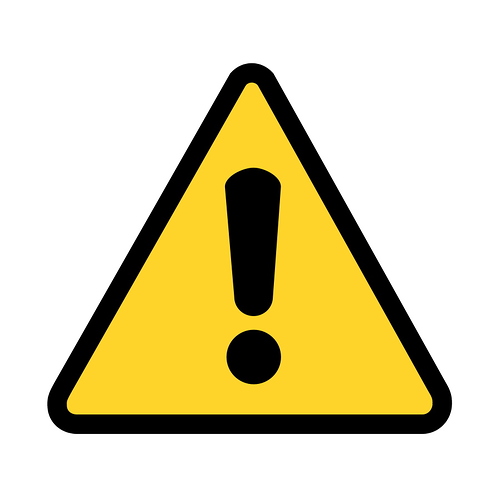We are now launching a new page on the Web site, alongside some special links which appear on certain summit pages.
Summit Restrictions
A long-standing principle is that activators are responsible for their own actions:
- Safety
- Legality of access
- Authorization to transmit
This is fundamentally your business.
However, we provide the summit pages with the means to add articles and links so that people can contribute, hopefully, useful information.
We can’t possibly research every summit ourselves, so it’s absolutely the case that the absence of any problems noted on a summit page must not be taken as evidence of absence of any problem with the summit.
Nevertheless there are certain categories of information we may be able to flag up on a broad basis, when we can source geographically-defined descriptions of affected areas, allowing semi-automated tagging of summits, as an aid to the activator.
Radio Quiet Zones
The first such category is that of Radio Quiet Zones. There are numerous RQZs around the World, most notably the National Radio Quiet Zone (W4V and W8V) and the two Square Kilometre Array RQZs (ZS/NC and VK6/CW).
On the affected summit pages for these areas (and more) you will find a highlighted special link. This takes you to a short description for the zone in which the summit sits, with a further link to more information on the Summit Restrictions page.
The regulations vary from zone-to-zone in their frequency coverage, strictness and application. Whilst in some cases they do not require adherence by itinerant operators (/M or /P) we ask you to be mindful of the science you might jeopardise if you are careless about RFI. Please take note of these links to be cognizant of the levels that would be harmful to observations and operate always to the high standards expected.
We are happy to assist, as also will be, I am sure, the coordination staff at the various RQZ offices.
Thank you for your cooperation,
Simon, G4TJC
[Full disclosure - I am involved with two of these sites]
